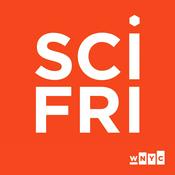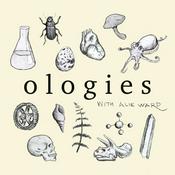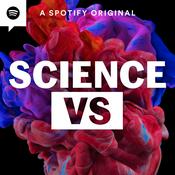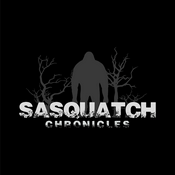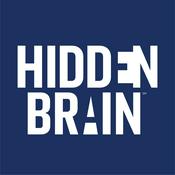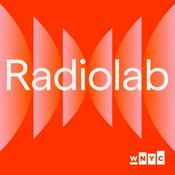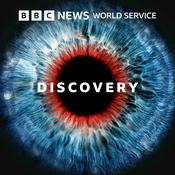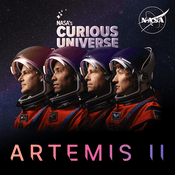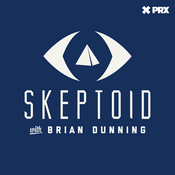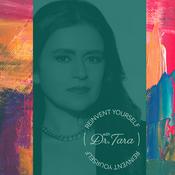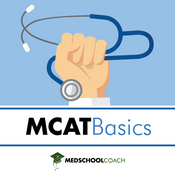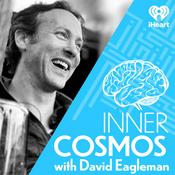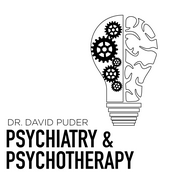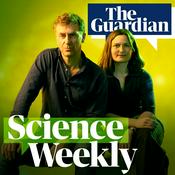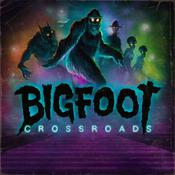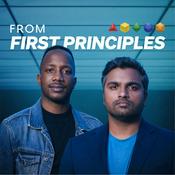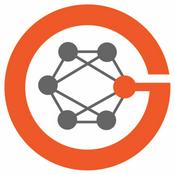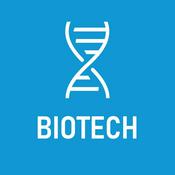342 episodes

William Blair Senior Biotech Analyst Andy Hsieh shares an overview of the obesity space heading into 2026
12/30/2025 | 33 mins.
He discusses the recently approved Wegovy pill, and compares and contrasts it to other oral programs from Lilly, Structure, and Corbus. Plus, how is the amylin space looking compared to GLP-1s, and a preview of Viking's 2026.

A deep dive discussion on Abivax with Truist Senior Biotech Analyst Gregory Renza
12/29/2025 | 45 mins.
We discuss the upcoming maintenance data, commercial prospects, Crohn's, and buyout prospects.

Create Medicines' platform allows it to program CARs into multiple immune cell types inside the body, and is redosable. While this includes CAR-T, they believe that "in vivo is more than T-cells."
12/12/2025 | 20 mins.
Co-Founder and CEO Daniel Getts walks us through the platform, which is delivered via LNPs. The lead programs target TROP2, HER2, and GPC3.

The leaders of London based LabGenius Therapeutics discuss a recent ESMO IO poster for their Nectin-4 x CD3 T-cell engager, and a new expanded collaboration with Sanofi on antibody optimization
12/11/2025 | 13 mins.
CEO James Field and CSO Angus Sinclair discuss the Nectin-4 bi-specific, which is meant to have increased selectivity and potency and will compete with ADCs that are already on the market. Plus, how they are using their ML/AI expertise to help Sanofi with new programs.

Bay Area based Medra, which is building a robotics platform that is capable of doing fully automated lab work for drug discovery and then analyzing and optimizing it, announced a $52M series A today
12/11/2025 | 14 mins.
Founder and CEO Michelle Lee highlights the key distinction between Medra and other automated lab equipment, which is that Medra's platform is designed to sense and understand its environment and use that knowledge to make its own intelligent decisions.
More Science podcasts
Trending Science podcasts
About BiotechTV - News
Listen to BiotechTV - News, Science Friday and many other podcasts from around the world with the radio.net app

Get the free radio.net app
- Stations and podcasts to bookmark
- Stream via Wi-Fi or Bluetooth
- Supports Carplay & Android Auto
- Many other app features
Get the free radio.net app
- Stations and podcasts to bookmark
- Stream via Wi-Fi or Bluetooth
- Supports Carplay & Android Auto
- Many other app features


BiotechTV - News
download the app,
start listening.
